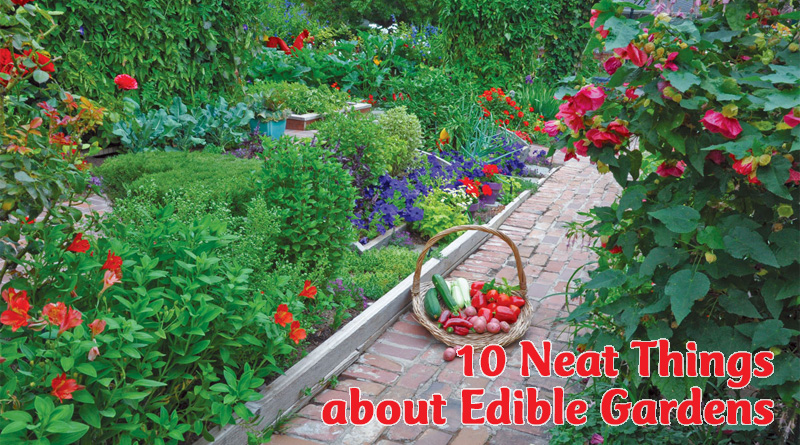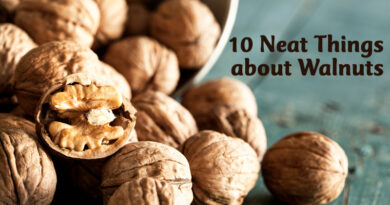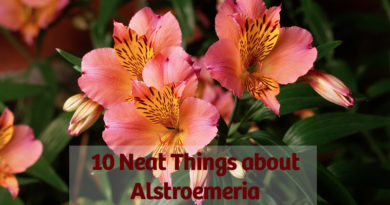Edible Garden
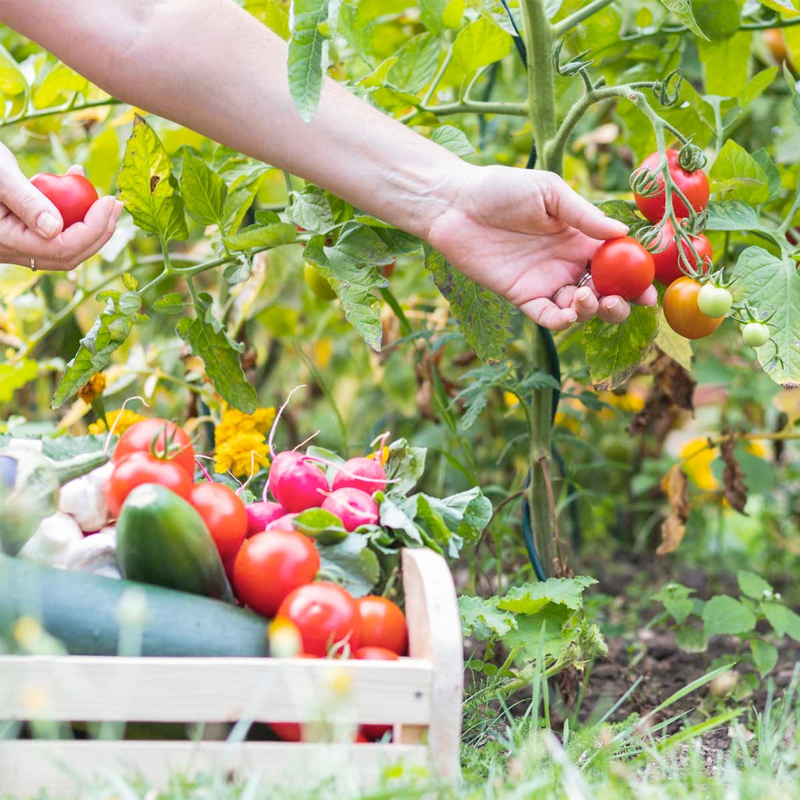
1. Plants feed the world.
Only plants know how to change the energy of the sun into digestible, edible protein and they do this with the help of microbes that assist in releasing chemicals from the soil and water. Whether you’re a vegetarian or an omnivore, all your food relies on plants.

2. Little land, lots of veggies.
Today we no longer have to own a vast tract of land to get excellent production. Our challenges are more about preservation and storage because you can grow a lot of vegetables in a small space, using intensive market farming practices: growing in raised beds or containers and using vertical space with hanging baskets and arbours. Raised beds and containers allow you to plant more intensively because you can easily improve the growing medium from year to year.
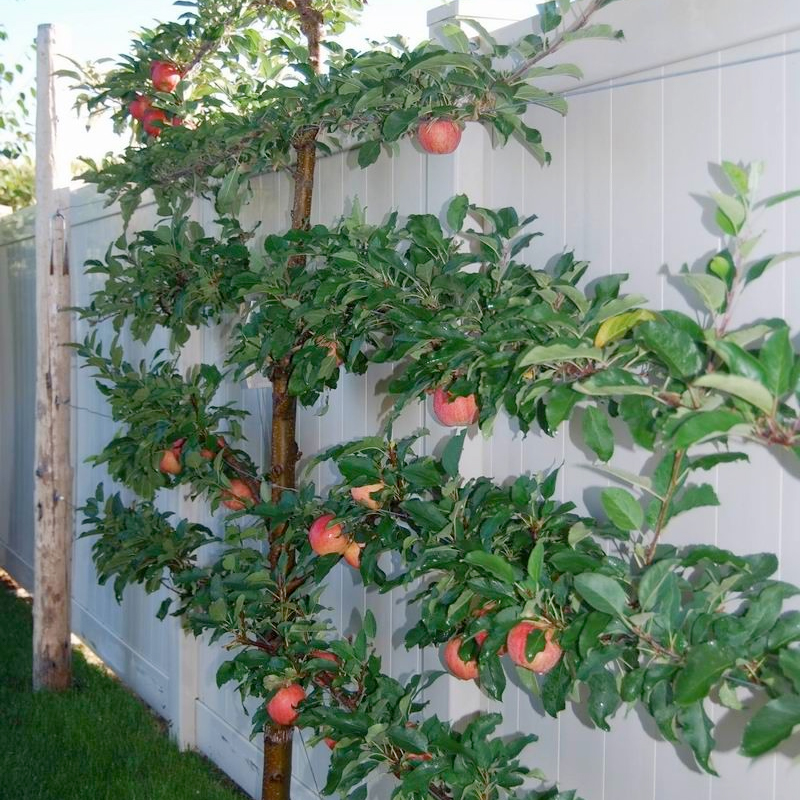
3. Trees and shrubs for food.
When planning your edible garden, start with the bones of the garden: trees and shrubs. If the space is small, consider espaliered apple trees – this is where the tree is trained to grow on a horizontal plane along a fence or a wall. You can also get very narrow columnar trees that will produce full-sized fruit. Raspberries and blueberries are now available as patio plants. Consider haskaps (also called honeyberries), the blue berry bush fruit that is considered so delicious. Elderberries are lovely to look at and bear wonderful fruit that is great in jams, jellies and pies. Don’t forget the odd gooseberry bush.
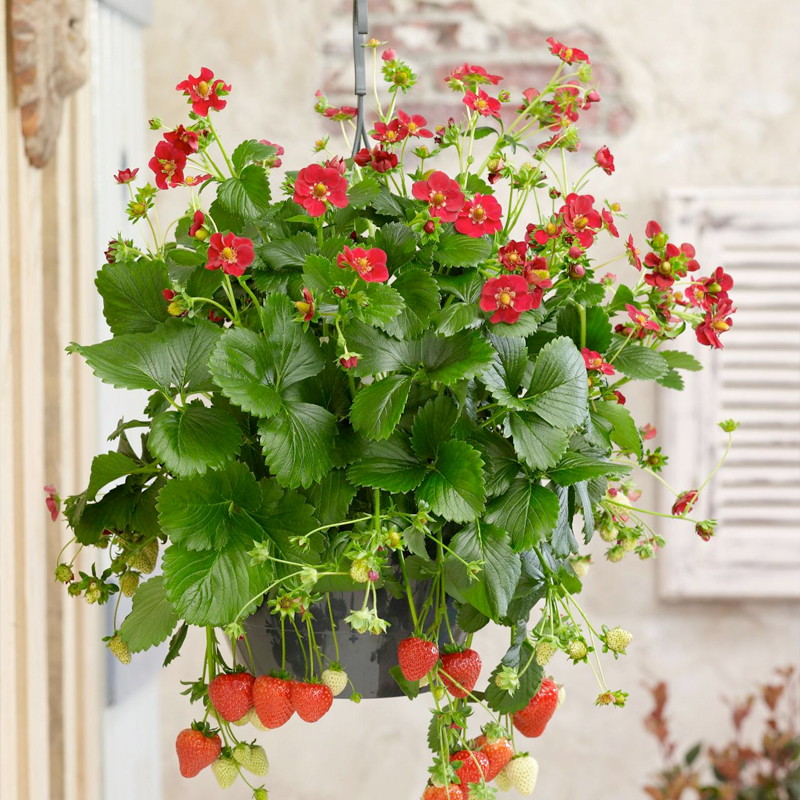
4. Hanging strawberries.
Everbearing strawberries make great hanging basket plants. The berries get lots of sunlight and are kept clean, suspended in the air.

5. Tomatoes
Tomatoes do just fine in both containers and hanging baskets. The secret is to ensure that they never dry out. Strip tomato stems and bury them up to the last four or five leaves when transplanting. They will send out roots all along the stem which will help to ensure that the plant gets a continual supply of water. Mulching the pot helps, as does mixing in one part coir (coco husk) to seven parts soil or potting medium.
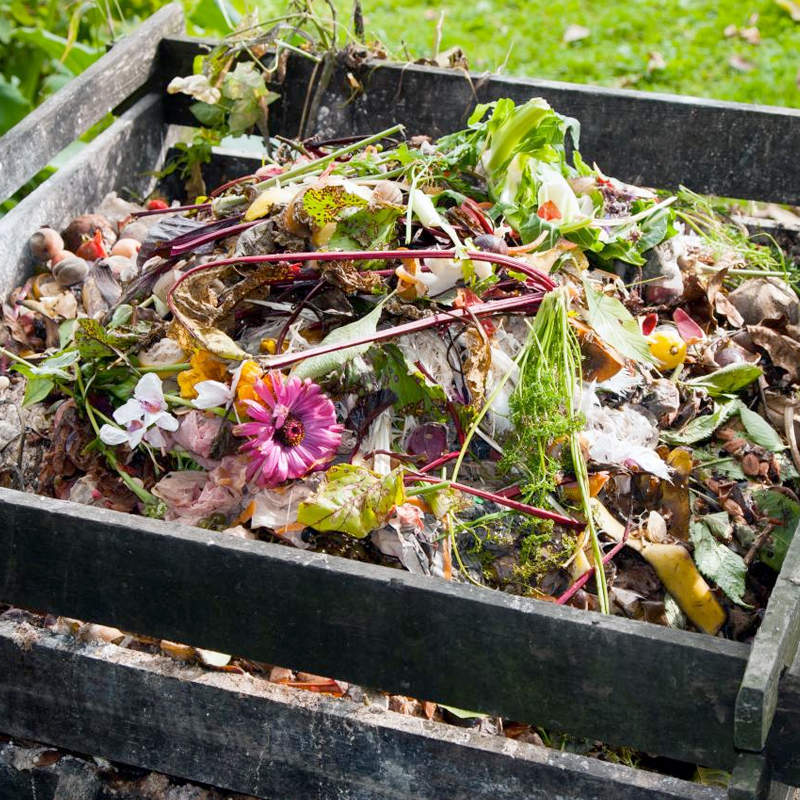
6. Compost.
Growing edibles calls for the best practices in composting – not just to dispose of the leftover vegetation, but to provide the healthiest, most chemical-free growing medium. A good dressing of compost eliminates the need for fertilizers and helps the plants stay healthy enough to fight off disease.
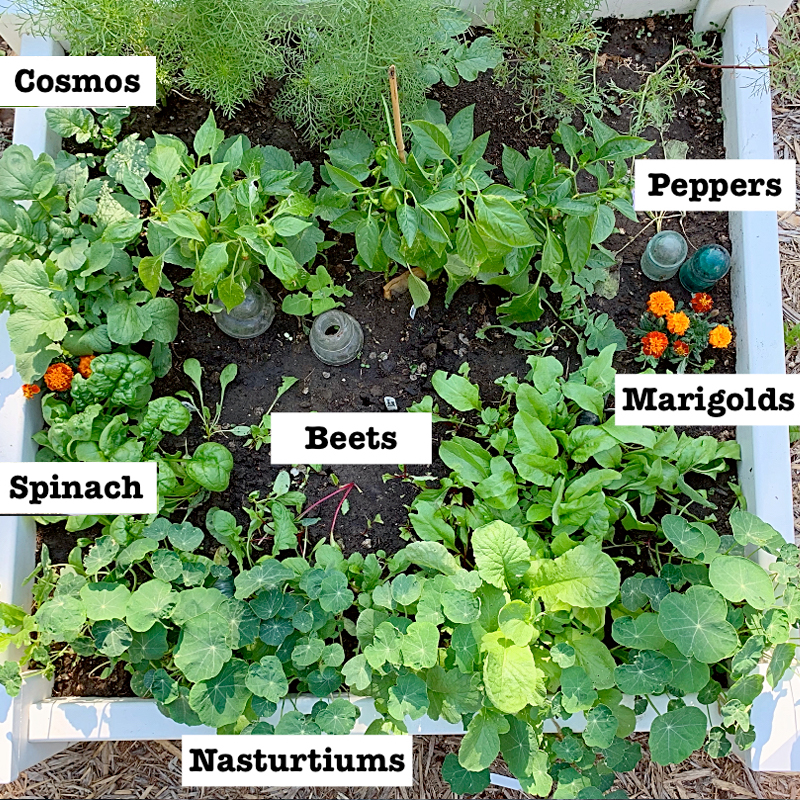
7. Companion planting.
Choosing the right plants to combine in a garden can save you much time hunting down and destroying unwelcome insects. Plant yarrow throughout your vegetable garden to activate disease resistance among the other plants. Grow mint to keep cabbage moths away. Plant the mint in containers stuck in the ground to prevent it from taking over. Plant some nasturtiums and marigolds in the veggie patch to keep insects off your vegetables.
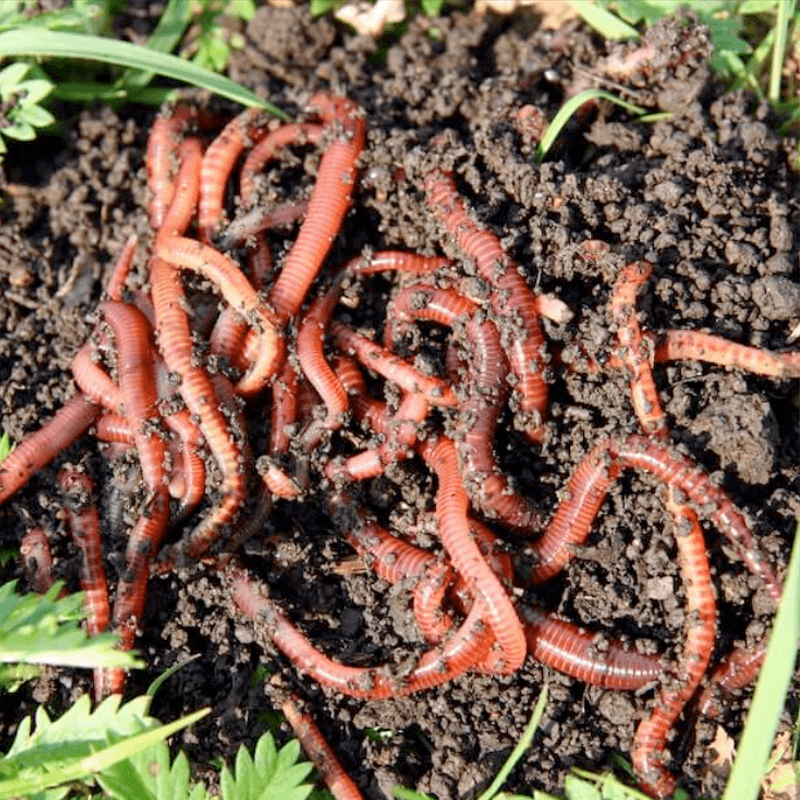
8. Worm castings.
Don’t like the idea of raising worms yourself to harvest their poop? You can buy worm castings and make a tea from them or used them as any other compost.
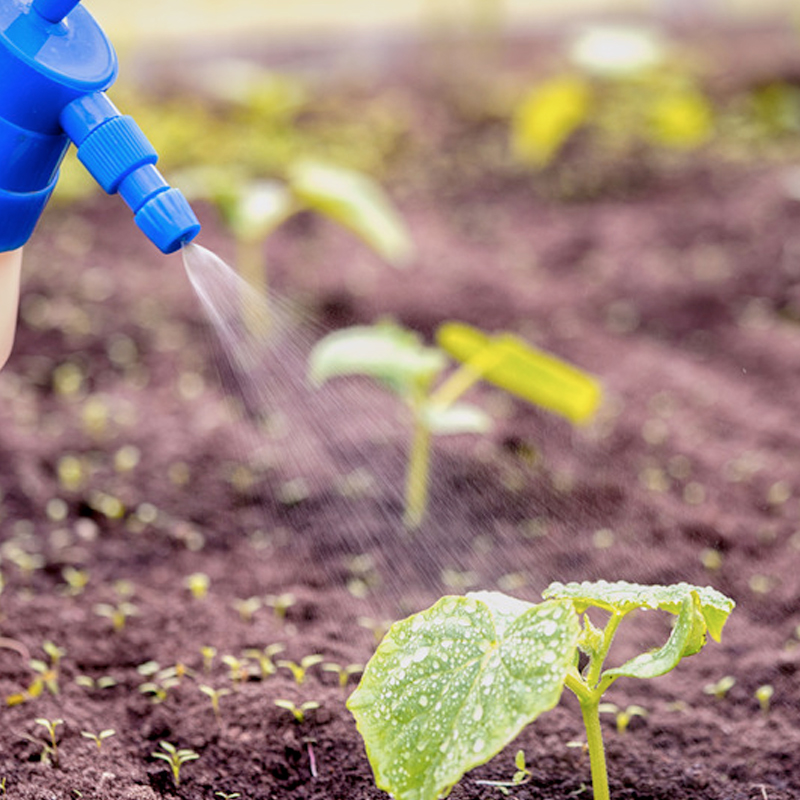
9. Seaweed still works.
Seaweed products contain trace elements that make plants thrive. It boosts the action of your compost or fertilizer.
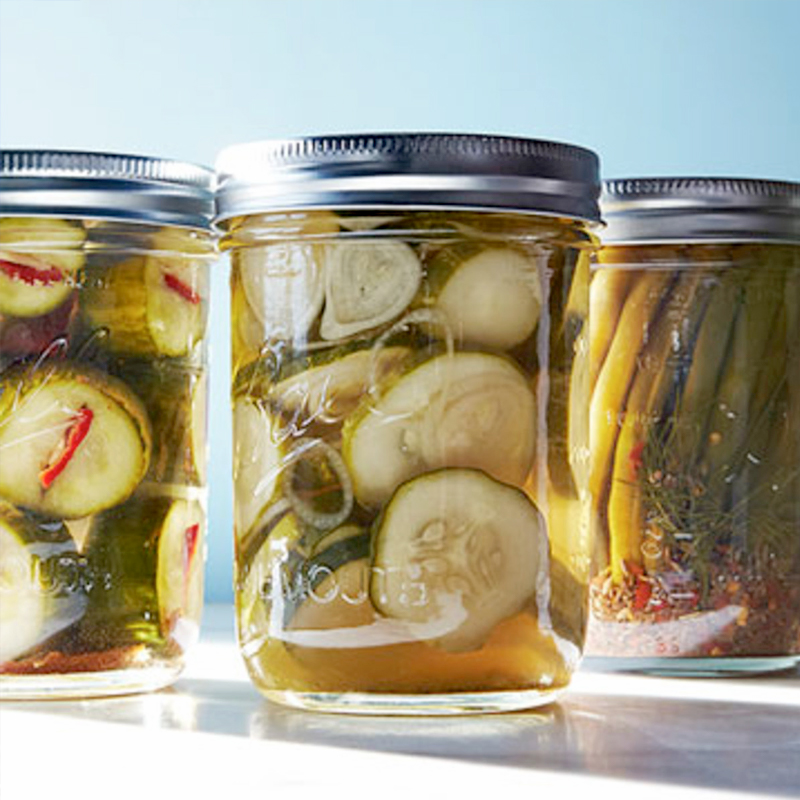
10. Make pickles!
You can keep your bean and cucumber crops producing by picking the produce. When the supply starts to build up, solve the problem by making pickles the old-fashioned way. Fermented foods such homemade pickles help feed the good bacteria in our gastrointestinal tracts, keeping us healthy.
– Dorothy Dobbie Copyright©
Pegasus Publications Inc

